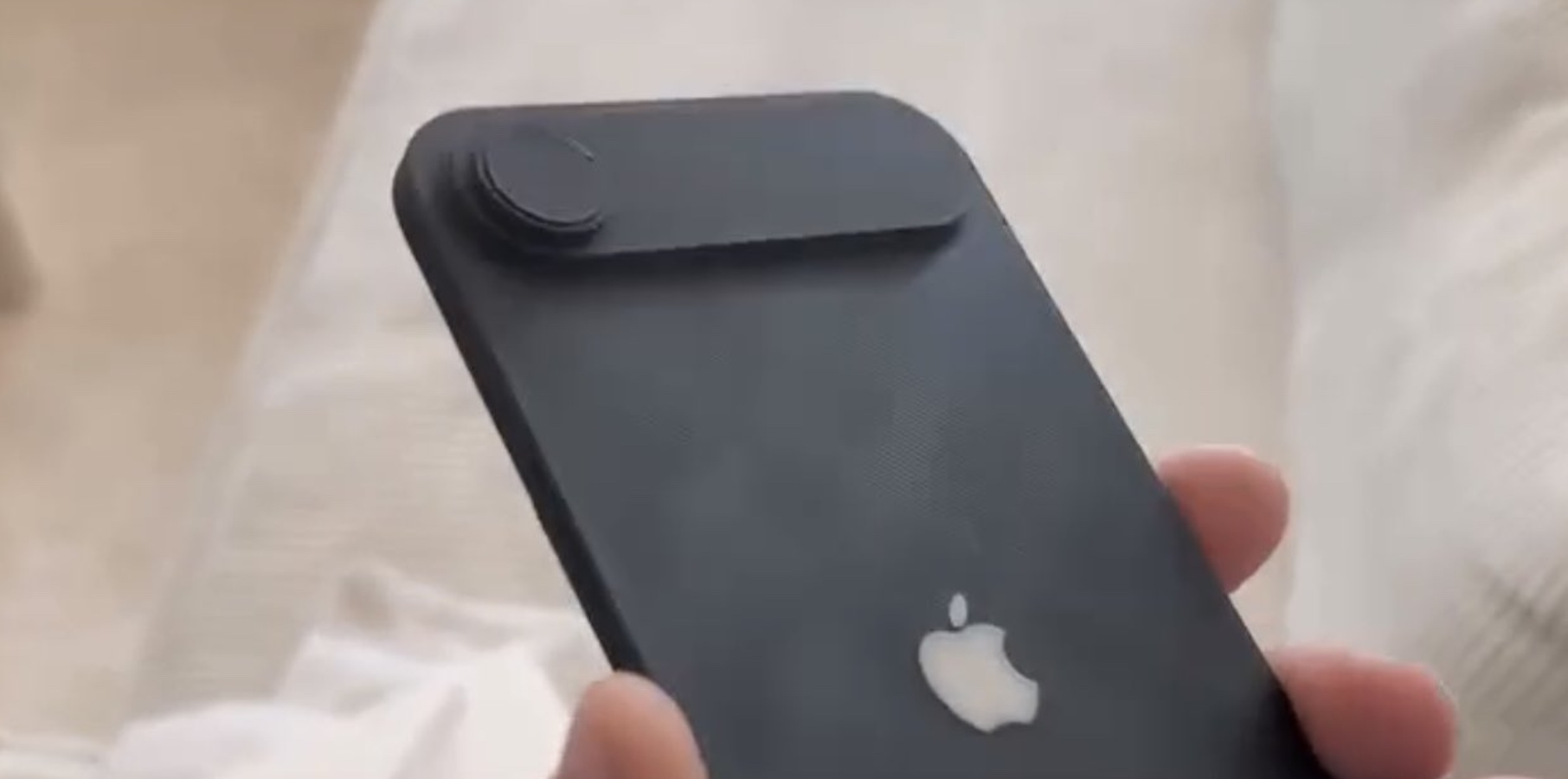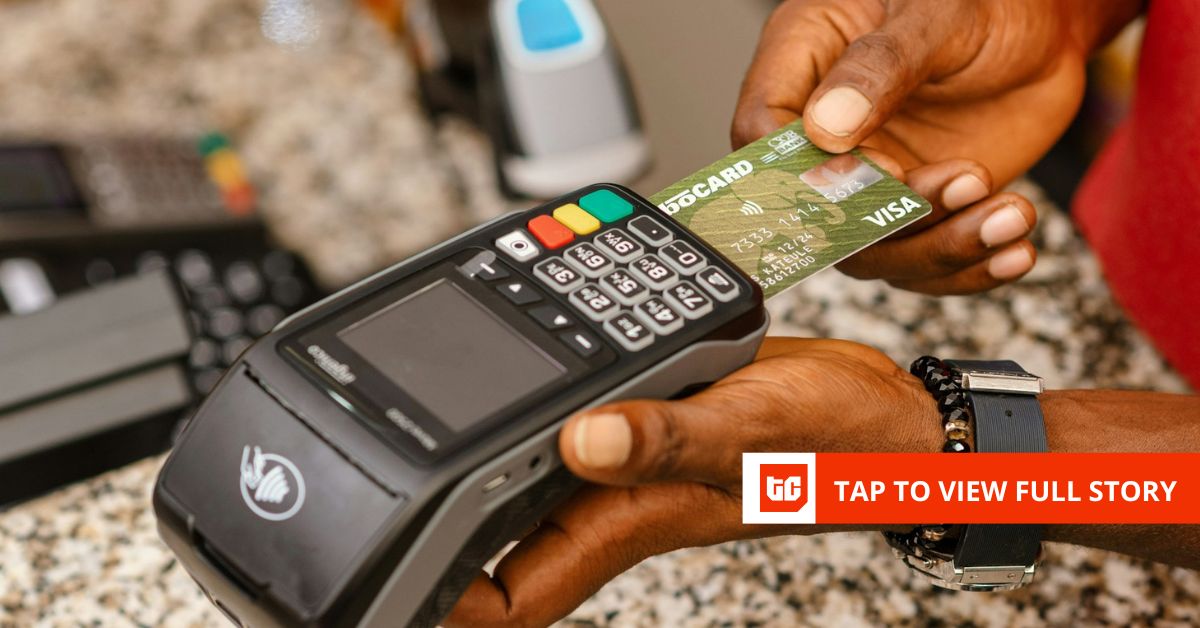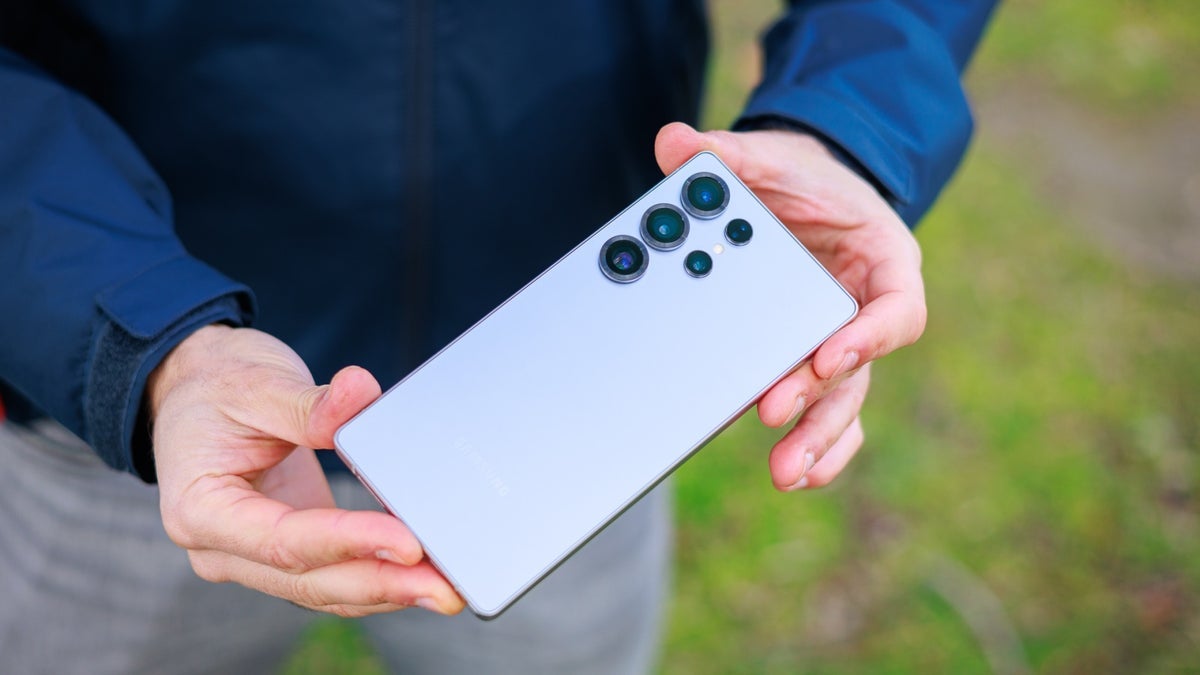Blink and you’ll miss it: a startup out of Finland is taking a new look at the market for prescription eyewear. Tapping into innovations in eye-tracking and liquid crystal lens technology, IXI is building low-power glasses that will invisibly, automatically adjust to account for Presbyopia (far-sightedness), for the wearer.
Four years into its life, Hensinki-based IXI is today emerging from stealth, announcing that it’s raised a total of $36.5 million from a list of investors including the Amazon Alexa fund, to work towards its first commercial product.
Plural, the London-based VC, is leading the latest tranche of Series A funding, with participation also from Tesi, byFounders, Heartcore, Eurazeo, FOV Ventures, Tiny Supercomputer and IXI’s existing investors. Those previous investors, in addition to the Amazon Alexa Fund, were Maki.vc, First Fellow, firstminutecapital, John Lindfors, Illusian (a family office of European founders similar to ICONIQ in the U.S.) and the Bragiel Brothers.
“Eyewear is the last great frontier,” said Niko Eiden, the CEO who co-founded the company with Chief Algorithm Officer Ville Miettinen. It is also potentially a lucrative frontier: IXI cites estimates that put the current market for eyewear overall at over $200 billion and growing at a rate of over 8%, faster than that of smart watches and smartphones.
IXI is founded and staffed by a team of people who originally worked on groundbreaking mobile technology at Nokia that eventually made its way into the HoloLens at Microsoft (which acquired a large part of the mobile phone giant at one point in its own mobile ambitions). Later, the co-founders founded and ran Varjo, the mixed-reality headset developer that targets the enterprise market.
VR and mixed reality, Eiden said, “continues to be super interesting, … but it’s a really hard space to be in because there is no market, and the volumes are not there.”
Varjo, he added, did a “great job” of figuring out how to pivot into the niche of industrial and enterprise applications. But even with big companies like Meta, Apple, Sony and Microsoft pursuing hardware in the VR space, it’s been a struggle to find a booming market for the technology, with sales growing but still in the single-digit billion category, small for consumer electronics. Tellingly, Microsoft discontinued its HoloLens in October of last year with no plans for a successor.
In IXI’s view, AR and VR pursuits also leave a lot on the table in terms of what is being addressed in the area of eyewear, as none of them have yet to look that closely at how and if to tackle eyewear as a medical device, which is what prescription glasses are.
“There really aren’t that many trying to use technology to actually fix eyesight, and that’s that’s kind of the cool part for us,” said Eiden. There are no features on the IXI glasses to check your email, post to Instagram, search for a restaurant, play a game spotting cute creatures on the street in front of you, or get additional info on where to buy the shoes you’ve spotted on someone’s feet. It’s just about seeing more clearly.
IXI has a number of patents filed and applied for around their invisibly-smart eyewear, and Eiden and his COO Jussi Havu, in an interview, declined to talk about too many specifics of the glasses, but in a nutshell, it uses a very small device built into the frame to track your eyes and correspond with liquid crystal lenses that then automatically adjust for the wearer to be able to see items in focus.
The use case, they say, is to make it easier for the growing population of consumers who currently either carry around multiple pairs of glasses for looking far and away, or up closer, to only have to have one pair; and for those who are currently using varifocals to combine multiple vision needs into one lens, to actually have glasses that are easy and useful rather than clumsy to wear.
Battery life is estimated to be about two days. The lenses themselves will have near-sighted prescriptions (to see things far away) built into them, so even if the battery dies if you are, say, in the middle of driving, you will not find yourself unable to see anything. It will, however, sound like if you’re reading and it runs out mid-page, you’re out of luck.
IXI isn’t the only company pursuing the idea of “autofocus” eyewear, although those that have hit the market already are significantly less seamless looking than what IXI (which was formerly called Pixieray) wants to build. Elcyo out of Japan and Laclarée in France both envision eyewear that look like normal glasses but provide autofocus for the user to see things clearly, but neither has yet to launch a product. (Laclarée had plans to put out its first product back in 2022, a measure of how tricky it really is to get these ideas off the ground: its goalpost is now 2026.) Another Japanese company, Vixion, has released autofocus eyewear but its devices have physical objects that look like small camera lenses embedded on them.
IXI’s pedigree and track record of execution are two reasons why investors are particularly keen on seeing it take a crack of the bat.
Eiden said that Amazon was quick to invest in the product in part because he already knew Jeff Bezos when he was at one of his previous companies. He didn’t disclose which company that was, but he said that there were discussions about Amazon possibly working with the technology he and his teams had built.
Ultimately, those talks never came to anything, but it made for a very quick yes when it came to investing in IXI, he said.
“The idea of bringing on-demand vision-correction to where it’s needed in Rx eyewear is compelling,” Paul Bernard, who heads the Alexa Fund, said to News over email, citing the clumsiness of current solutions.
“Auto-tuning lenses require low-power/high performance eye-tracking and algorithmic adjustment to liquid crystal lenses at very high speed. We think the IXI team is well suited to tackle these problems given their previous work at Varjo, where they worked on advancing the SOTA in VR/XR technologies,” he added.
Amazon currently sells readers (for long-sightedness) in its marketplace, but the company clearly sees (heh) a future where it is doing a lot more.
In November 2024, it emerged, for example, that it was working on special glasses for delivery drivers to help them get parcels to their destinations more quickly.
These delivery glasses, if they ever launched, would be more in the realm of mixed-reality eyewear, but if you shift your attention to Amazon’s increasing business in areas like pharmacy, you can envision an opportunity for the company to leverage economies of scale in eyewear production that could address both corrective vision and AR/VR use cases.
Eiden and Havu said that the technology they are building has been proven already in the labs. “Later this year you will have a chance to see the prototype,” Havu said. But IXI declined to say when it might have a product ready for the market (which will need approvals to be sold as glasses, in addition to everything else). “This is just the first step.”
Still with the patents and other work that it has created, there is enough potential in IXI that’s merited the investor interest around a very big opportunity.
“Niko, Ville and the team’s rare European hardware expertise puts them at the forefront of advanced optics and eye-tracking developments,” Sten Tamkivi, Partner at Plural, said in a statement. “They’re creating beautiful, literally invisible technology that pioneers a new approach to vision which will finally improve human eyesight once and for all. By backing IXI, we’re not just investing in a company, but in a future where technology revolutionises how we see the world.”










